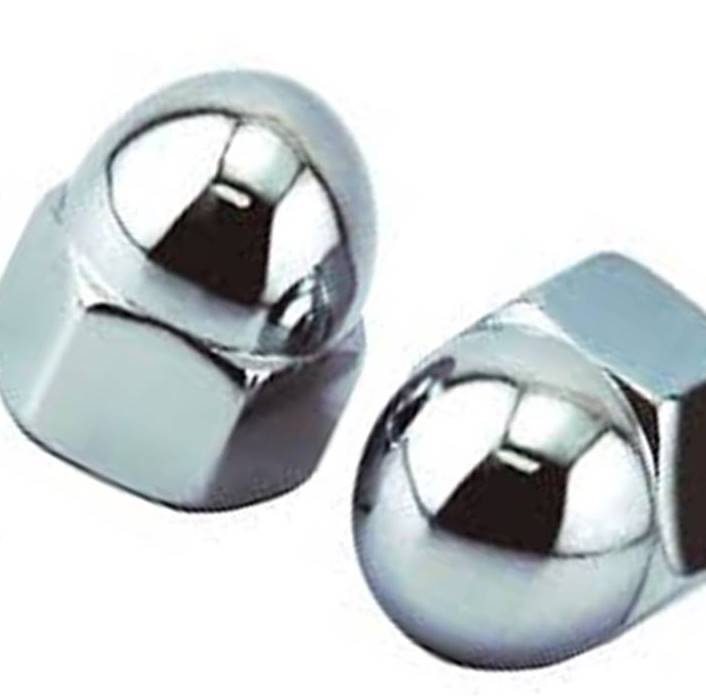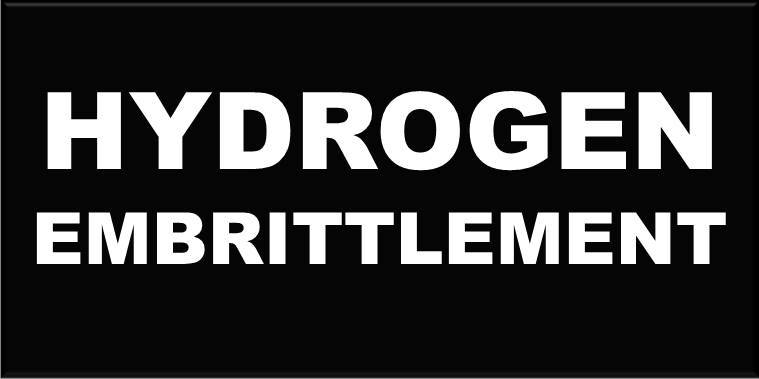Chromium Decorative and Hard Chrome
Chrome Plated Fasteners
Chromium plating is one of many electroplated finished produced in rotating barrels Barrel electroplating involves a chemical solution with the ionic form of the metal, an anode which may consist of the metal being plated or an insoluble anode and finally, a cathode where electrons are supplied to produce a film of non-ionic metal.
Chrome Plated Fasteners
Fasteners barrel chromium plated in a decorative chrome finish are designed to be aesthetically pleasing and durable. Thicknesses range from 0.05 to 0.5 µm, in practice, they are usually between 0.13 and 0.25 µm.
Chromium plating is usually applied over bright nickel plating and polishing of the fastener can take place after coating. Chrome plating, nickel chrome, bright chrome, decorative chrome or chromium plating are all ways of describing a thin layer of chromium metal deposited onto the surface of a Bolt Nut, Screw or Washer that has been pre-coated with a layer of nickel. Unlike zinc which forms a sacrificial layer on top of steel, nickel is anodic to steel, which means the steel will corrode in preference to the nickel. This is why you see rusty components with perfectly good plating peeling off. In order to prevent this, it’s key to provide a good surface to which you apply the coating and to form a seal around the component. The initial barrier layer of nickel is what provides the protection, the chrome layer sealing the surface of the nickel and prevents the nickel tarnishing, increasing its corrosion resistance. The characteristic blue hue comes from the chromium layer making parts appear a cold silver colour whereas the nickel below has a much warmer yellow tint.
Hard Chrome Plate
Hard chrome, also known as industrial chrome, functional chrome or engineered chrome plating, is used to reduce friction, improve durability through abrasion tolerance and wear resistance, minimize galling or seizing of parts, expand chemical inertness to include a broader set of conditions, primarily oxidation resistance, and bulking material for worn parts to restore their original dimensions. It is very hard, measuring between 65 to 69 HRC.
With abrasion being the most common and destructive wear process found in industry, hard chrome has the potential to solve many problems in pumps, valves, bearings, etc. throughout a wide range of industries; including pharmaceutical, chemical, oil and gas, textiles, printing, food, mining, and countless others.
Hard chrome tends to be thicker than decorative chrome, with standard thicknesses 200 to 600 µm, but it can be thicker for extreme wear resistance and is not suitable for threaded parts but can be used on washers.
Engineered Chromium Plating Process
Hard Chrome plating is an electrolytic process utilising a chromic acid-based electrolyte. The component requiring plating becomes the cathode and, with the passage of a DC current via anodes, chromium metal builds on the component surface.






